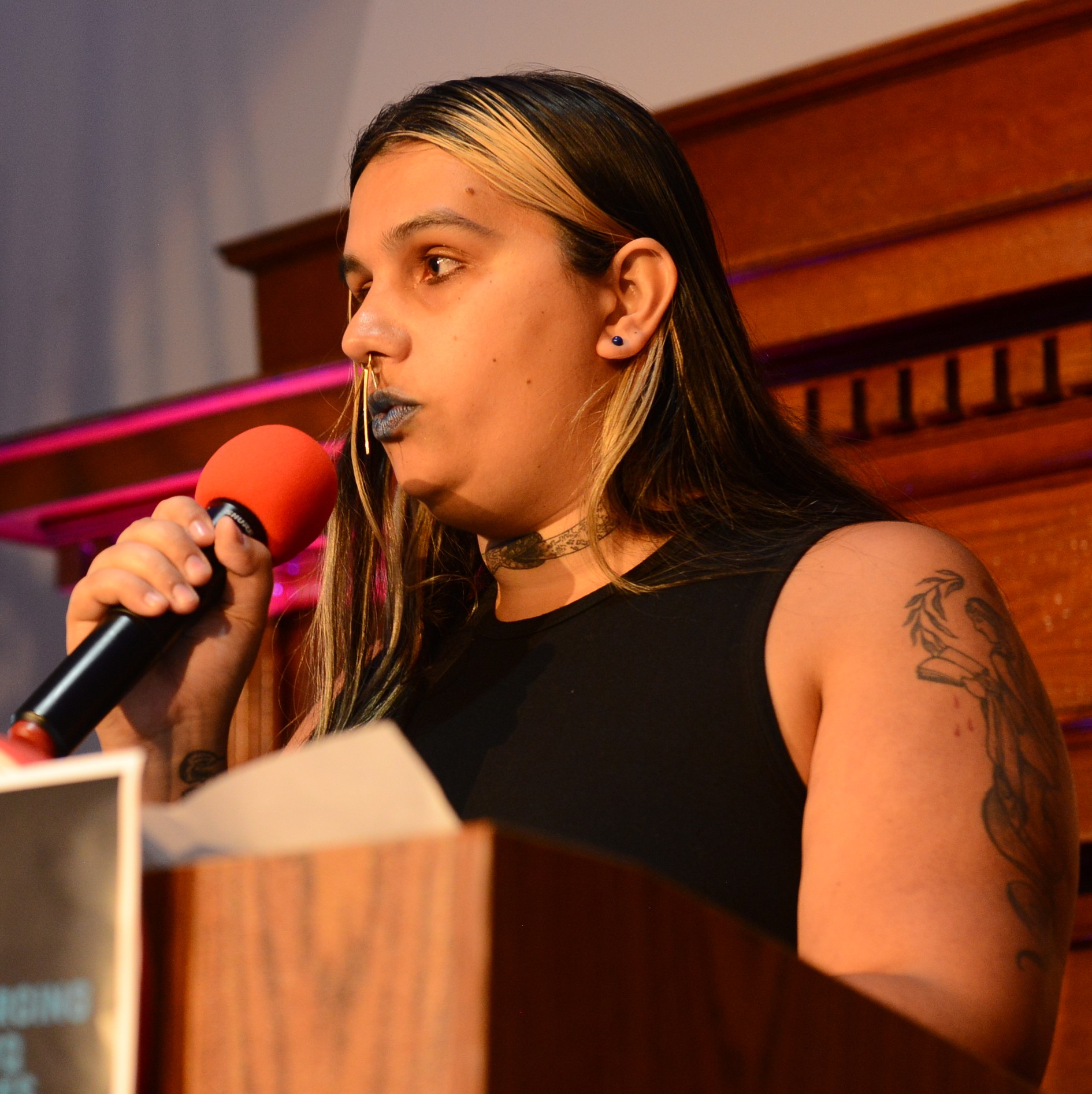Buying high-heeled shoes from the Women’s department can be an arduous and challenging task. The difficulty increases when you are a masculine-presenting person experimenting with androgynous dress for the first time.
One wears the heels, like an ibex wears its hooves or a horse its shoes. They meld with the skin—a second, protective layer that lifts and lightens the feet. Coal-coloured stalks droop from the back, tapering to points as they reach the shelf. Then the bridges arc up and slope down to echo and rebound at the front of the shoes. As one attempts to put them on, toes crunch into the unforgiving sole, ensnared by gravity and slant and the narrow tips. The plastic curves inwards at the back, bending under one’s heel. The material screams silently for release; be it the tangible tug of a shoehorn or the shedding of the oppressive mass of skin and blood and bone. You can easily envision a stepsister hacking off her toes to slide into these shoes, infuriated as her flesh continues to flow over the sides of the ebony substance.
You steal a glance at them in the same way you would a secret crush or other hidden love: from afar. These heels are not for touching, let alone wearing; they can only be admired at a safe distance. You watch them from one such haven: the Men’s section. As you flip through jeans and tees and hoodies, the sight of these shoes remain on the horizon like a mirage, shimmering like oil. Still, you long to try them on.
You know you couldn’t possibly hope to pull off anything beyond them. They’re the most conservative item on the shelf, plain pleather with two inch heels. But there’s still an understated beauty to them. The way the polish gleams under the blaring lights. The way they thrust up into the air, exposing themselves to the aisle.
Then, you realize there is no one else in the section. The girls in strappy sandals and moms in kneaded Nikes have migrated to the make-up and maternity departments. You take one step, then another, then dart into the racks. Your eyes run over the sizes. Nine, ten, ten and a half. Nothing bigger. You grab the lowest box off the shelf and open it, flinging out the tissue paper and plucking the heels out of their cardboard cage. You shuffle your own boots off and bend over, slipping first your big toe, then the rest into the shoe. It pinches them, they jumble together in the small space. And then the wide trunk of your foot enters, and you know they will fit. Not well, not painlessly, but you don’t care. Your foot continues its penetration, and then it’s all in. The heel is stubborn, but even it begrudgingly stretches to accommodate your flesh. You spend less time on the other shoe, and then stand back up. You are hovering in high heels, held only inches above the ground, but you feel like you stand on the summit of Olympus: higher than the blue spartan carpet, higher than the cold metal shelving and and rude white lights.
And then you turn. A small girl has appeared between the rows, her mouth wide open and slack. She pulls on something behind a stack of shoeboxes, and then a big brown thing lurches into view. The woman copies her daughter’s expression at first, then sets her teeth and arms into a sharp stance. You bow your head. As blood rushes to your cheeks, you quickly yank the heels off and jump into your boots, speed-walking away until you are beyond their foul, judging gaze. You take a deep breath in, and wipe a trickle out of your eyes. But then you smile. You know you will try again. It won’t be in this store, perhaps not even in this town. But you will try again.
It seems strange that I became so fixated on heels, when my original obsession was more with female attire in general. When I was in pre-school, I would sometimes wear play-clothes my mom had made out of old curtains and other fabric. But these were clothes meant for my sister: dresses, skirts and the like. I only dressed up at home, and usually only did it when me and my sister were playing.
However, I can clearly remember the one time I got dressed up in front of strangers. My parents had thrown a dinner party for some friends. I got ready in my room, slugging on a red gown and long brown wig. I got the tattered pair of crimson heels out of the closet, and stepped into them. My feet drowned in the shoes. The heels were low, but still high enough that I had to latch onto walls and doorknobs for every few steps I took as I made my way down the hall. Everyone watched as I clomped down the stairs, holding the railing in a death grip. And then, when I had finally reached the main floor, one of the men asked: “Who’s the little princess?”
I don’t remember anything else of that night, beyond my mother escorting me back up the stairs and locking the borrowed dress and beautiful breaking heels back in my sister’s room.
A short essay imitating the style of “The Knife” by Richard Selzer.
